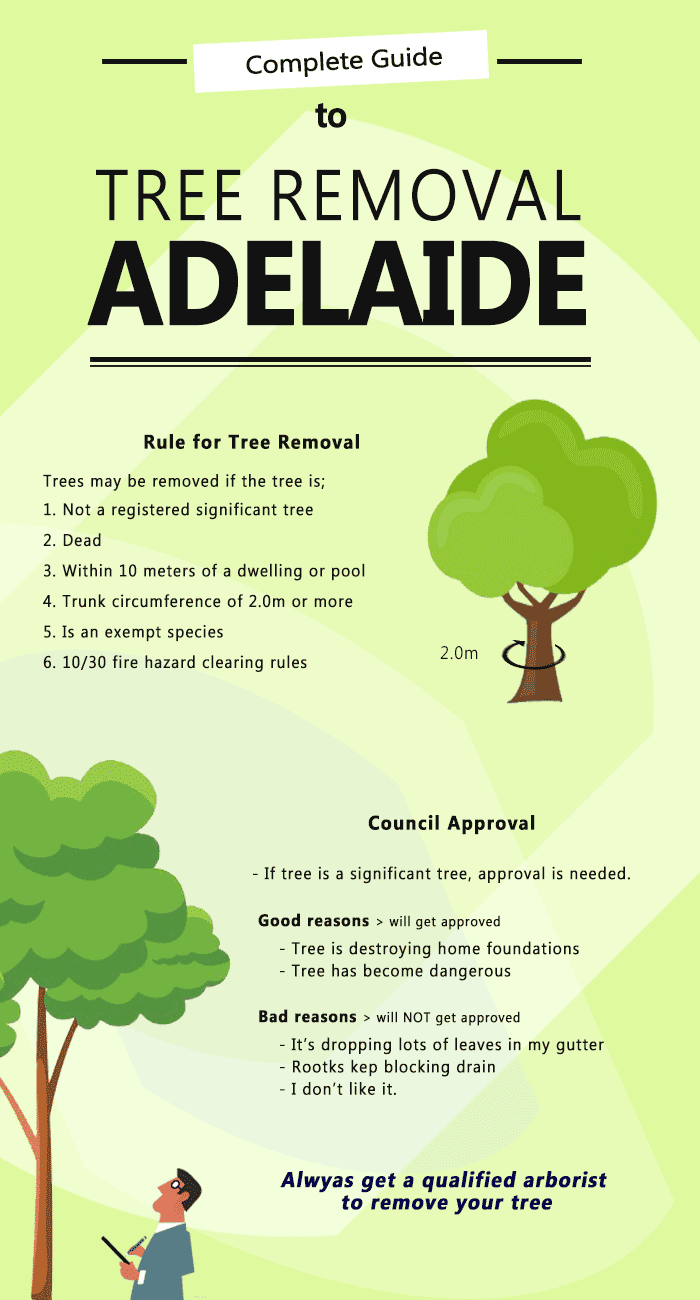Signs Showing The Demand For Tree Elimination: Recognizing Risky Trees
Signs Showing The Demand For Tree Elimination: Recognizing Risky Trees
Blog Article
Team Writer-McDonald Butcher
When it comes to tree treatment, acknowledging the indications that it's time for removal is vital for your safety and property. You may see stained fallen leaves, wilting branches, or strange fungal growths indicating health issue. Structural problems, like a significant lean or fractures in the trunk, can additionally position dangers. Understanding these warning signs can help you make educated decisions concerning your trees and prevent potential hazards hiding in your yard. What should you try to find following?
Indicators of Decay and Condition
When you observe indicators of degeneration and illness in your trees, it's vital to act rapidly. Look for discolored fallen leaves, wilting branches, or uncommon developments like fungus. https://www.whatcomtalk.com/2020/06/10/safe-trees-make-great-neighbors-do-you-need-a-tree-service-check-up/ can show that your tree is having a hard time.
If you see splits in the bark or soft, mushy timber, these symptoms recommend interior degeneration. Furthermore, https://manuelnicxq.blogsidea.com/41735534/tree-stump-elimination-dependable-techniques-for-a-safe-and-efficient-yard-clean-up in insects around your tree can signal that it's deteriorated and prone.
Look for any kind of dead or passing away limbs, as they present a risk to your residential or commercial property and safety and security. If you're uncertain concerning what you see, seeking advice from an arborist can supply quality.
Addressing these indicators early can save you from a lot more comprehensive damages and make certain the health of your yard. Do not wait until it's too late.
Structural Instability and Leaning
As you observe your trees, watch out for any type of signs of architectural instability or leaning. If a tree leans dramatically, it may suggest that the root system is jeopardized.
Search for any type of splits in the trunk or dirt around the base; these can signal prospective failure. Additionally, check for unusual development patterns, like an unbalanced crown, which may recommend that the tree is struggling to hold itself upright.
If you observe that the tree favors your home, high-voltage line, or various other frameworks, it poses a greater threat. Don't overlook these signs-- speak with an arborist to analyze the scenario.
Taking action early can stop expensive damages and guarantee your safety and security.
Dead or Perishing Branches and Foliage
If you notice dead or passing away branches and vegetation on your tree, it's a clear sign that something's incorrect.
These undesirable locations can indicate underlying problems like condition, insect problems, or environmental anxiety. When branches shed their leaves or turn brown, they're no longer adding to the tree's wellness. Ignoring these signs can cause additional decrease, making your tree more unsafe.
Dead branches can quickly break off during tornados, positioning a danger to home and people nearby. https://epsom-salt-uses-tree-stum30627.idblogz.com/35749414/prompt-and-appropriate-pruning-methods-can-substantially-enhance-your-trees-learn-just-how-to-open-their-full-growth-possible to evaluate the degree of the damages.
If the problem impacts a considerable part of the tree, take into consideration consulting a specialist. They can aid figure out if removal is required to make certain security and keep the appeal of your landscape.
Conclusion
If you observe any signs of degeneration, structural instability, or dead branches on your trees, do not ignore them. These indicators can position severe safety threats to you and your building. It's constantly best to speak with a professional arborist that can offer a professional analysis of your trees. Acting early can avoid crashes and expensive damage, guaranteeing your landscape stays safe and healthy. Bear in mind, it's better to be proactive concerning tree care than to wait for a catastrophe to take place.
